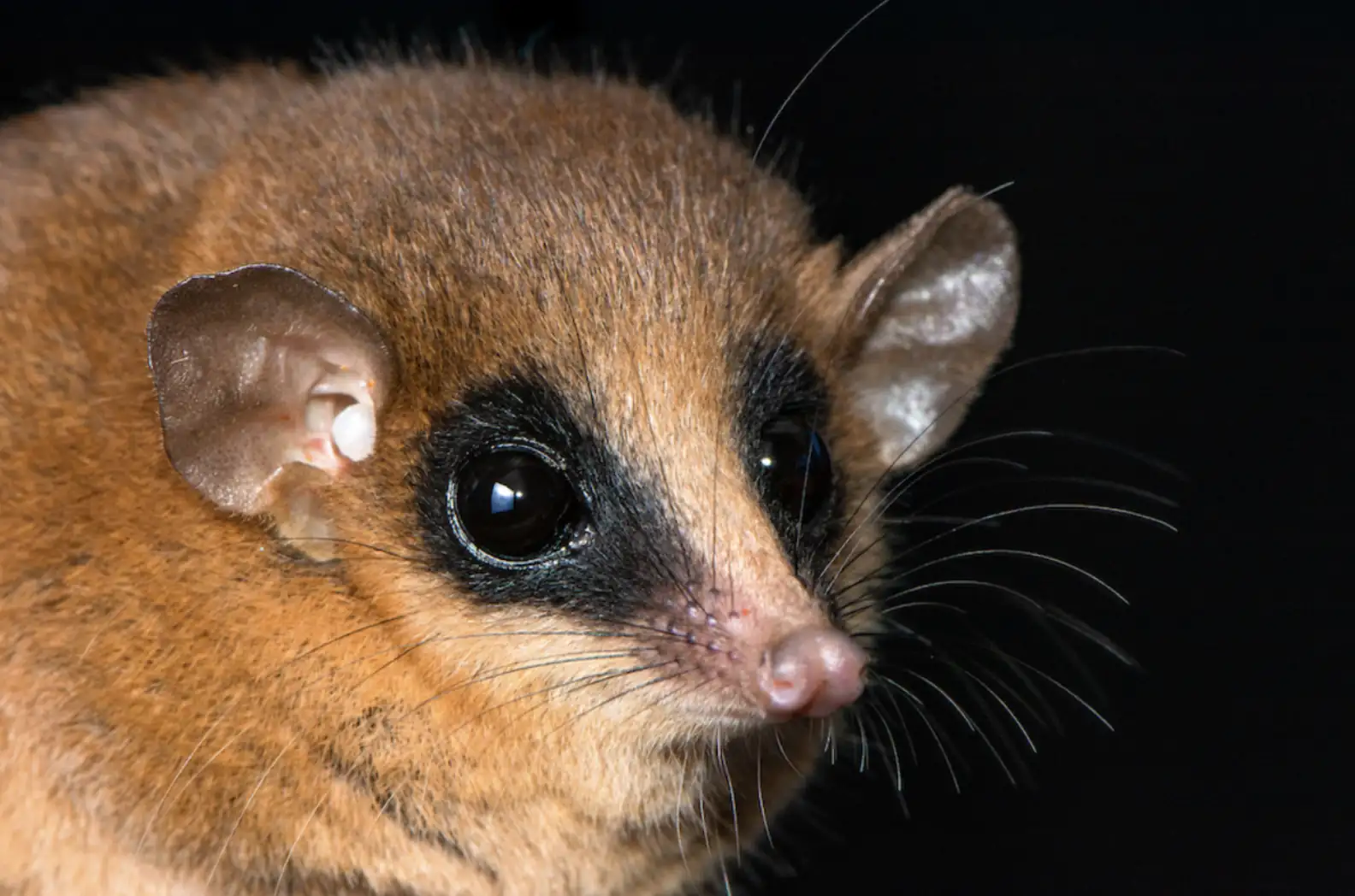“I realized immediately that this was something unusual.”
New Species of Masked Mouse Opossum Discovered in the Peruvian Andes
Back in 2018, Cal Poly Humboldt biology professor Silvia Pavan was trekking through the Peruvian Andes on a research expedition, scanning the rugged landscape for a “mysterious” species of squirrel. Instead, she came across an animal she had never seen before — and it would turn out to be something extraordinary.
The small mammal had rounded ears, reddish-brown fur, and striking dark rings around its eyes, giving it the look of a tiny masked bandit. What puzzled Pavan most was its location — mouse opossums rarely live at such high altitudes.
“I realized immediately that this was something unusual,” Pavan said in a university press release.
Intrigued, Pavan and her team collected the specimen and returned to the lab, beginning a multi-year investigation to determine exactly what they had found.
To make sure the discovery was legitimate, researchers compared the specimen to museum collections across several countries and conducted extensive DNA testing. Only after years of careful analysis did they confirm what Pavan had suspected all along — the creature was a completely new species.
The newfound marsupial has now been officially named Marmosa chachapoya, honoring the Chachapoyas, an Indigenous people who once lived in the Andes before the 18th century.
During the same 2018 expedition, Pavan also encountered a semi-aquatic rodent — another fascinating species that scientists are still working to identify.
Pavan hopes these discoveries will inspire greater interest and conservation efforts in the region, helping both science and nature flourish.
“These unique ecosystems still hold many secrets,” she said. “The more we explore and learn, the better we can protect them.”
